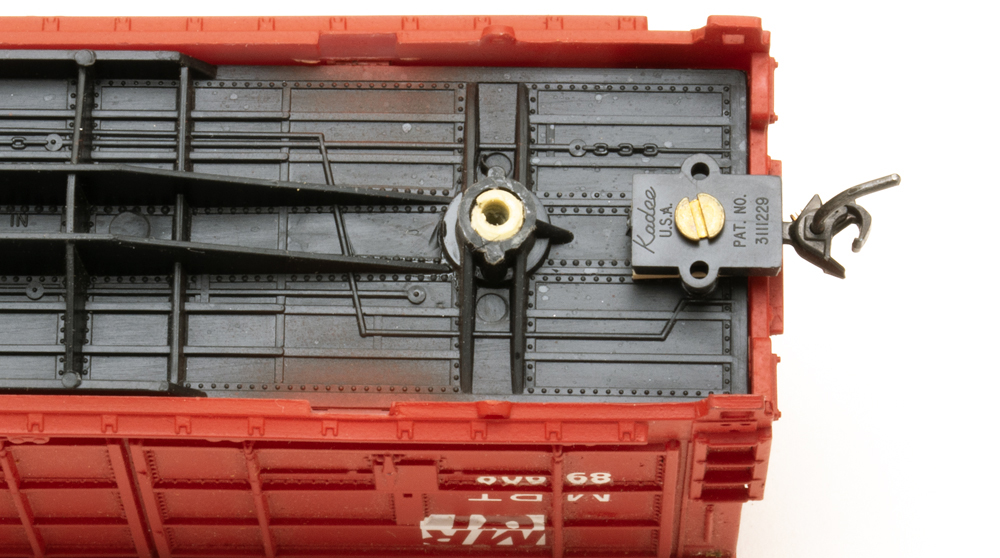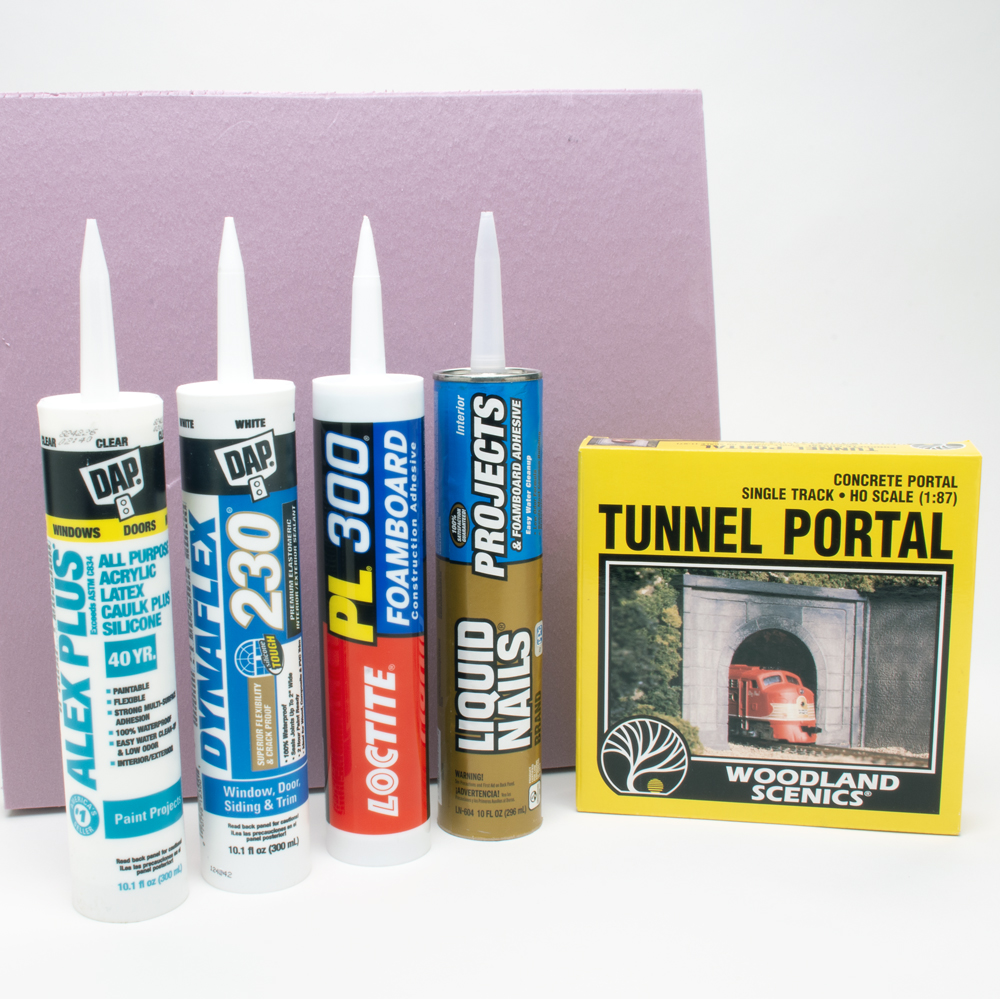
Q: I have heard of some of the uses for alcohol in model railroading, such as cleaning parts, removing paint, and track cleaning. Are there other uses I’m not aware of? And at what strengths would be used? — Ron Buddemeier
A: Isopropyl alcohol is a fairly strong solvent, and as such, there are a lot of uses for alcohol in model railroading.
As you mentioned, cleaning things is one of the most common uses for alcohol in model railroading. For example, cleaning wheels. Locomotive and car wheels can pick up a layer of sticky gunk as they roll around the railroad. Nobody’s really sure what that gunk is or where it comes from, but luckily, alcohol is pretty good at dissolving it. Dampen a paper towel with isopropyl alcohol, place it across the tracks, then hold a locomotive so one set of wheels is on the towel and the other is on the rails. Turn on the power and let the wheels spin against the towel. You’ll see black streaks appear on the towel as the gunk rubs off the wheels. Turn the locomotive around to clean the other wheels. You can do the same with unpowered rolling stock; use a Microbrush or cotton swab to scrub the wheel treads by hand.
Isopropyl alcohol can also be used to clean track. If you use a wet-pad-type track cleaner, like Woodland Scenics’ Rail Tracker system, alcohol works well as a cleaning fluid. The best thing about it is that it evaporates completely, leaving no residue behind like other cleaning fluids can.
Alcohol is also good for cleaning parts before painting. For example, after you solder your track joiners or feeder wires to your rails, use alcohol on a Microbrush to clean off any remaining liquid or paste flux before weathering your rails. Alcohol also works to clean mold release and fingerprints from resin or metal castings and to get the printer residue off of 3-D printed parts.
Alcohol is also a superior wetting agent. Apply it with an eyedropper or a misting spray bottle to wet down ballast, ground cover, and the like before adding scenery cement, diluted white glue, or diluted matte medium to secure the scenery. The alcohol breaks the surface tension, allowing the adhesive to soak into the scenic materials rather than beading up on the surface.
Another use for alcohol in model railroading is as a thinner for stain or paint. Add two tablespoons of India ink to a pint of isopropyl alcohol to make a weathering stain that’s useful for wood, paved streets, and rockwork. And some modelers use alcohol to thin acrylic paints so they’ll flow more smoothly through an airbrush. Before you do this, though, test-mix a few drops of paint with alcohol in a disposable cup – alcohol can make the pigments in some paint formulations “curdle,” or clump up. And neither your models nor your airbrush will like that.
For all of those uses, 70 percent concentration is sufficient. The stronger variety, 91 percent, is too strong for most uses, as it can damage paint and dissolve glue. However, it’s still useful to have around, because it can be used to strip paint from models for repainting. You can also use it to soak and soften adhesives so you can scrape off ground cover and salvage glued-down track and turnouts.
Send us your questions
Have a question about modeling, operation, or prototype railroads? Send it to us at AskTrains@Trains.com. Be sure to put “Ask MR” in the subject.















” … some modelers use alcohol to thin acrylic paints … ”
In my experience, isopropyl alcohol (IA) has not worked well at all for thinning acrylic paints. Since IA is used to remove/strip paint from a model, it just doesn’t work at “both ends” of the painting spectrum. I personally thin acrylic paints with the cheapest blue windshield washer fluid I can find. This is particularly good for thinning craft paints for airbrushing, using a 50-50 mixture by volume of acrylic paint and WW fluid.
FWIW and IMO, of course. ¯\_(ツ)_/¯
As stated in the original question – Q: I have heard of some of the uses for alcohol in model railroading, such as cleaning parts, “removing paint”…
Make sure to handle alcohol or any solvent carefully around paint finishes as they may be damaged by the solvents. Some splash or finger solvent transfer can cause sad results.
“What are some uses for alcohol in model railroading?”
Need I mention the obvious…for when everything falls apart and you get REALLY frustrated at it????
?????